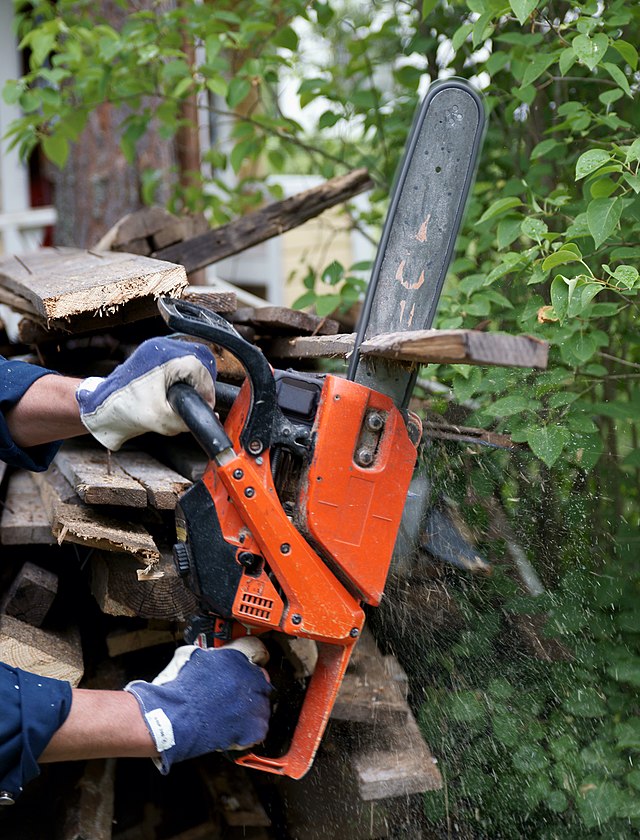Unlocking Longevity: How to Gauge the Lifespan of Your Chainsaw Chain
A chainsaw is only as effective as its chain, making the durability and lifespan of the chain a crucial consideration for both professionals and hobbyists alike. In this detailed exploration, we will delve into the factors influencing how long a chainsaw chain should last, equipping users with the knowledge to optimize performance and make informed decisions for their cutting needs.
1. Material Composition:
The longevity of a chainsaw chain is intricately tied to its material composition. High-quality steel alloys and advanced coatings contribute to increased resistance against wear, corrosion, and overall degradation. Understanding the materials used in your chainsaw chain provides insight into its potential lifespan.
2. Usage Intensity and Frequency:
One of the primary factors influencing chain lifespan is the intensity and frequency of use. Professional loggers and arborists engaging in daily, heavy-duty cutting will naturally experience faster chain wear than occasional users. Monitoring your usage patterns allows for more accurate estimations of chain lifespan.
3. Proper Maintenance Practices:
Regular and proper maintenance significantly extends the life of a chainsaw chain. Routine checks for tension, lubrication, and cleanliness contribute to smooth operation and reduce unnecessary wear. Employing correct cutting techniques also minimizes stress on the chain, promoting longevity.
4. Wood Types and Conditions:
The type of wood being cut and the environmental conditions play a pivotal role in chain wear. Cutting through abrasive hardwoods accelerates wear, while working in sandy or muddy conditions can introduce grit that hastens degradation. Being mindful of the wood types and conditions can help users anticipate and mitigate wear factors.
5. Signs of Wear and Replacement:
Knowing the signs of chain wear is essential for timely replacement. Reduced cutting efficiency, increased vibration, and a noticeable decrease in cutting speed are all indicators that the chain may need replacing. Ignoring these signs can lead to suboptimal performance and potential safety hazards.
6. Sharpening Frequency:
Regular sharpening is a natural part of chainsaw maintenance, but excessive sharpening can contribute to faster chain wear. Understanding the balance between maintaining a sharp edge and preserving the chain's integrity is crucial. Using proper sharpening tools and techniques ensures consistent tooth length and uniform cutting performance.
7. Environmental Factors:
Environmental factors such as humidity, temperature, and exposure to harsh elements can affect chain lifespan. Chainsaw chains should be stored properly when not in use to prevent corrosion, and lubrication should be adjusted based on environmental conditions.
Conclusion:
The lifespan of a chainsaw chain is a multifaceted consideration involving material composition, usage intensity, maintenance practices, wood types, signs of wear, sharpening frequency, and environmental factors. By taking a proactive approach to maintenance, understanding usage patterns, and recognizing the signs of wear, users can optimize the lifespan of their chainsaw chain, ensuring reliable performance and cost-effective use throughout its service life.

Post Comment